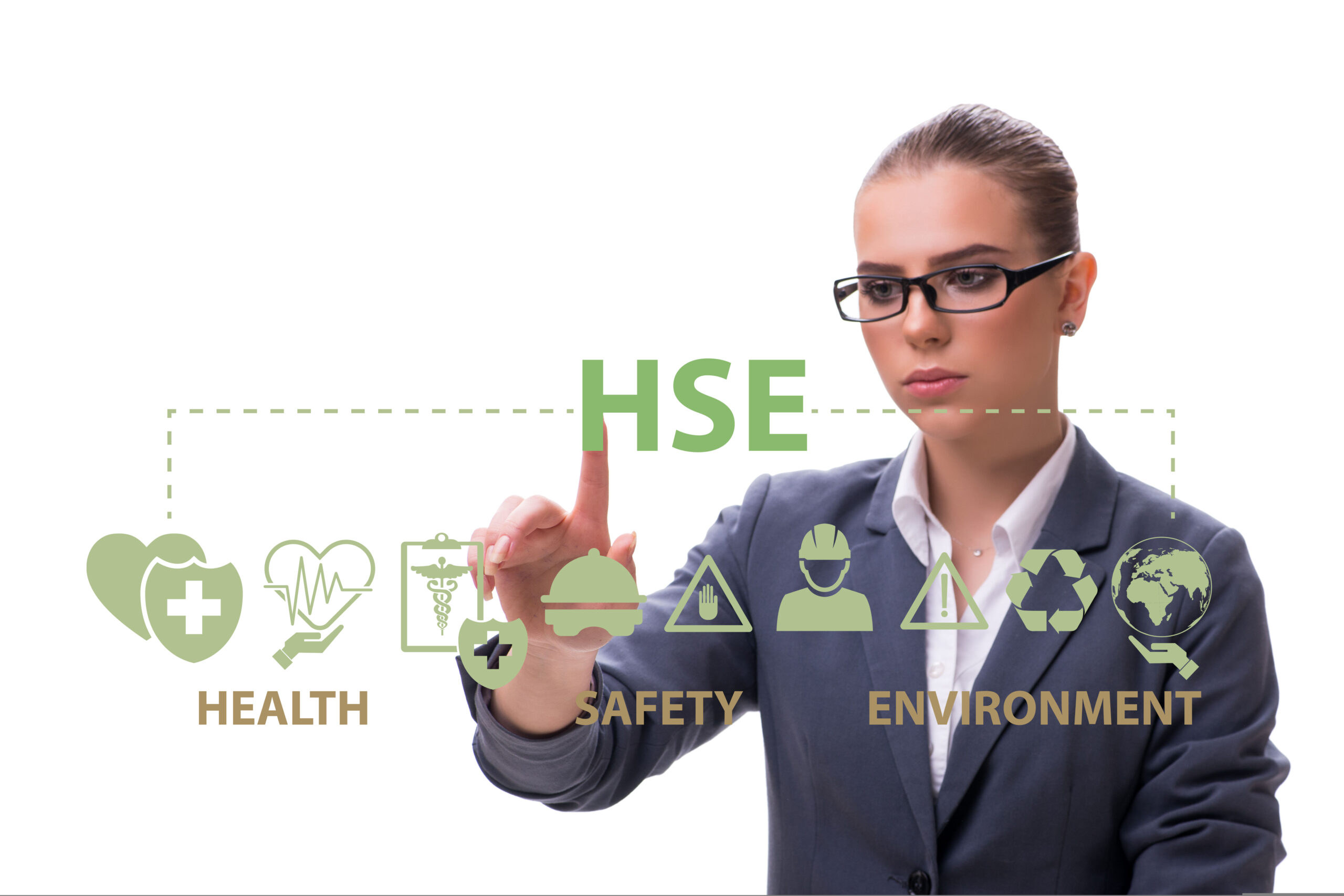Renewed interest in addressing business-related environmental, health, and safety (EH&S) concerns has brought on a deluge of government regulations and fines. Despite the increasing complexity that has come with these updated and new regulatory standards, some organizations are still unconvinced of the return on investment for EH&S software that tackles these essential, everyday functions of safety programs. This is understandable as buying into any management system necessitates an equally significant commitment of time and money. This article, therefore, purposes to shed light on the top 3 tell-tale signs that moving away from spreadsheets and investing in EH&S management software is a better use of company resources.
1. A small number of people are heavily relied upon for an organization’s EH&S compliance.
Adhering to dynamic EH&S regulations and preparing timely reports comprises a significant chunk of a business’s overall government compliance work. As such, companies often create positions or (in the case of larger organizations) entire departments to handle EH&S tasks and ensure that all operations within the business comply with government standards. While having a dedicated team of EH&S professionals running safety compliance activities is something every business should aspire to, over-reliance on a singular person or small group of people will mean that safety programs come to a halt in their absence. In a recent survey conducted by EHS Today, the majority (73%) of the EH&S professionals who responded were over the age of 45. With the average age of retirement in the U.S. being 61, this means that in 10-15 years, there may well be a shortage of EH&S professionals. The exit of experienced EH&S team members can create a knowledge vacuum and disrupt existing safety and reporting practices. In this regard, implementing EH&S management software facilitates knowledge transfer and makes transitions much less painful. By combining the institutional expertise of an organization’s EH&S team with the customizability of modern EH&S management software, lessons learned from different scenarios over the years can easily be recorded and organized to create valuable references for both present and future needs.
2. Organizing EH&S data is a full-time occupation.
When EH&S data is not organized and easily accessible, it is not useful for reporting, prescribing preventative measures, or any of the other common functions of a safety program. If an organization’s EH&S information is scattered across files and departments and communicating any of that information is cumbersome and time-intensive, this is another clear sign that incorporating EH&S management software to serve as a secure, central data repository for quicker access and communication would be a worthwhile investment. Having a digitized EH&S database also frees up the time EH&S professionals would have to spend looking into, synthesizing, and making recommendations to strengthen EH&S programs.
If an organization has multiple operating sites with different regulatory requirements and deadlines, tracking information for on-time reporting can be a very stressful endeavor. Not to mention the hefty inflation-adjusted penalties for late reporting violations. For instance, failure to provide the OSHA 300 log during an inspection by OSHA personnel may result in a fine of up to $14,502 per year of violation. If facing these penalties is almost a guarantee with the current state of an organization’s data management, then introducing a simpler option (even with the related cost) is a worthwhile pursuit.
3. Reporting forms are often error-ridden.
Inaccurately captured or submitted data is a common issue for organizations that rely on manual processes for reporting. This is especially the case for companies that still use paper-based reporting and spreadsheets for data organization. In the best-case scenario, by using legacy software to handle an increasingly massive amount of complex data, a company will end up requiring additional man-hours to double-check every input to avoid any errors in the final output. In the worst-case scenario, overlooked risks and safety decisions that have been based on inaccurate data result in repeat or increased accidents. EH&S management software significantly reduces the high probability of human error that comes with manual data entry. The safeguards that come with using the customizable reporting templates available in most EH&S software ensure that inaccurate data is recognized and corrected. More robust software is even capable of automatically outputting incident data into OSHA reporting forms.
As EH&S regulations become more complex and costly, it may be worth looking into replacing the legacy systems that were at one time the only option for handling EH&S data management. Utilizing EH&S management software facilitates knowledge transfer and keeps organizations from being solely dependent on a few people for EH&S compliance. Collecting and compiling relevant data with this technology is also more expedient and streamlined, combatting the drain on resources inherent to keeping hardcopy files. Lastly, built-in data analytics ensures that inaccuracies in inputted data are caught and corrected, leading to more appropriate safety decisions and less probability of reporting penalties.
Author Bio
The SafetyStratus Research Advisory Group (RAG) brings together thought leaders from the global environmental, health, and safety community to promote best practices and provide key insights in the profession and the industries they serve. The Research Advisory Group also advocates, where practical, the intersection of and advances with the use of technology, such as the SafetyStratus enterprise EHS software platform. Group membership consists of representatives from across varied disciplines and market sectors as well as select members of the SafetyStratus team.
The primary objectives of the SafetyStratus RAG partnership are to:
- Build a strategic partnership between EHS practitioners and the SafetyStratus team.
- Provide engaging and practical content to the global EHS community.
- Provide discipline and market feedback specific to SafetyStratus products and services.
While the objectives of the RAG are varied, the primary public-facing outcome will be available through engaging and practical content found on the SafetyStratus resource pages. Various articles, papers, and other valuable resources will be produced and shared as part of an ongoing effort to cultivate a robust community. Ultimately, the SafetyStratus RAG will expand to have a broader reach and provide opportunities for more inclusion by all interested EHS professionals in a collaborative community environment.
References:
Occupational Safety and Health Administration. (2022). 2022 Annual Adjustments to OSHA Civil Penalties. Washington D.C.: Occupational Safety and Health Administration.
Recommended Practices for Safety and Health Programs. Occupational Safety and Health Administration. Retrieved 10 October 2022, from https://www.osha.gov/safety-management/hazard-Identification.



